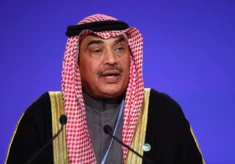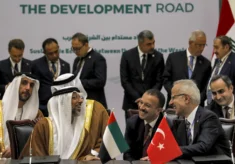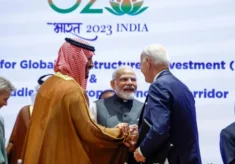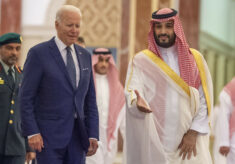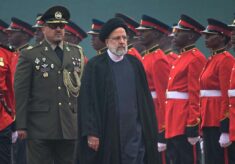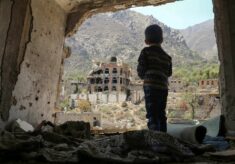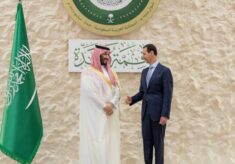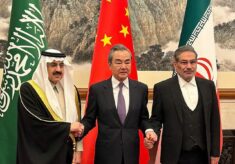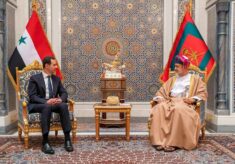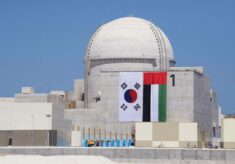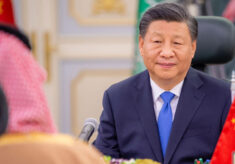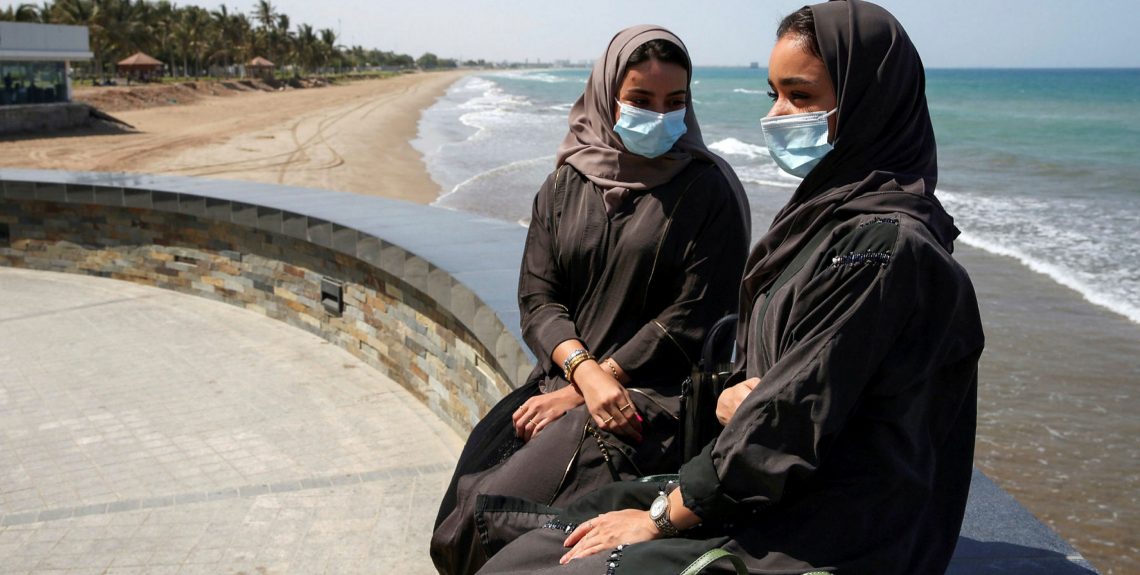Post-Qaboos Oman is working to secure international financial aid. In a context of rising fiscal deficit (nearly 20% of GDP in 2020) and public debt (estimated at 70% of GDP in 2020), the oil crisis and the economic effects of the Covid-19 pandemic, have worsened the financial outlook of the sultanate. As Haitham bin Tariq Al Said approaches his first year as Sultan (in charge since January 2020), the country is seeking a balance between budget reasons and its traditionally-independent foreign policy.
In October 2020, Oman received a financial aid of 1 billion dollars from Qatar [Simeon Kerr, “Oman gets $1bn in aid from Qatar”, Financial Times, 28 October 2020]. With regard to trade, Muscat has helped Doha since 2017 to overcome the boycott organized by Saudi Arabia, the United Arab Emirates (UAE) and Bahrain.
During 2020 Oman had already opened financial talks with the countries of the Gulf Cooperation Council (GCC) to explore the possibility of aid [Fiona MacDonald, Turki Al Balushi and Sylvia Westall, “Oman Weighs Seeking Financial Aid from Gulf Countries”, Bloomberg, 11 June 2020]. This paved the way for support by international and regional banks.
In fact, in August 2020 Oman signed a one-year 2 billion dollars bridge loan to be repaid with money raised from an international bond issuance [Yousef Saba, “Oman Secures $ 2 billion bridge loan: sources”, Reuters, 12 August 2020]. Sending a subtle but clear political message, Oman selected First Abu Dhabi Bank (with Bank of Muscat) to coordinate the loan. In contrast with the rule of Sultan Qaboos, Muscat may inaugurate warmer relations with the UAE, thus mitigating tensions on issues such as Qatar and Yemen. In 2017 Oman received a loan of $3,55 billion from China, that is mostly being invested in Muscat’s infrastructures and industrial projects [Eleonora Ardemagni, “Strategic Littorals: Connectivity and Heritage in Northern UAE and Oman”, ISPI Analysis, January 2020].
In a highly volatile scenario, Oman saw its credit rating downgraded in 2020, despite unprecedented cuts in government spending that affected also the armed forces’ budget (with a 10% reduction expected in 2020). The Sultanate is scheduled to introduce VAT (value added tax) starting from April 2021, as the UAE, Saudi Arabia and Bahrain did. With a first-ever move for a GCC country, Oman would be also considering the introduction of income tax on high earners, to be implemented from 2022: quite a paradigm shift for a rentier-state.
In the medium and long-term, the Omani financial sustainability depends, first of all, on the political economy’s choices of its government. However, whatever foreign aid option Muscat will opt for, this is going to affect the whole direction of the national policy, including foreign policy, while Sultan Haitham bin Tariq Al Said has started to build his domestic power. Due to Oman’s financial constraints, the “budget issue” will be a litmus test for its regional and international alliances, and their possible internal fallouts.





